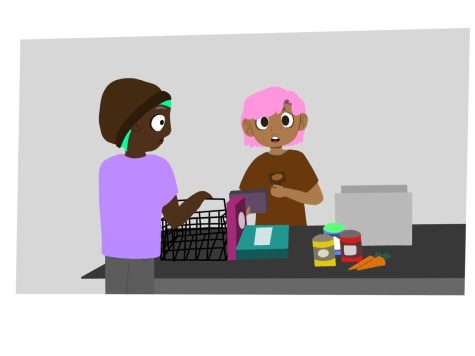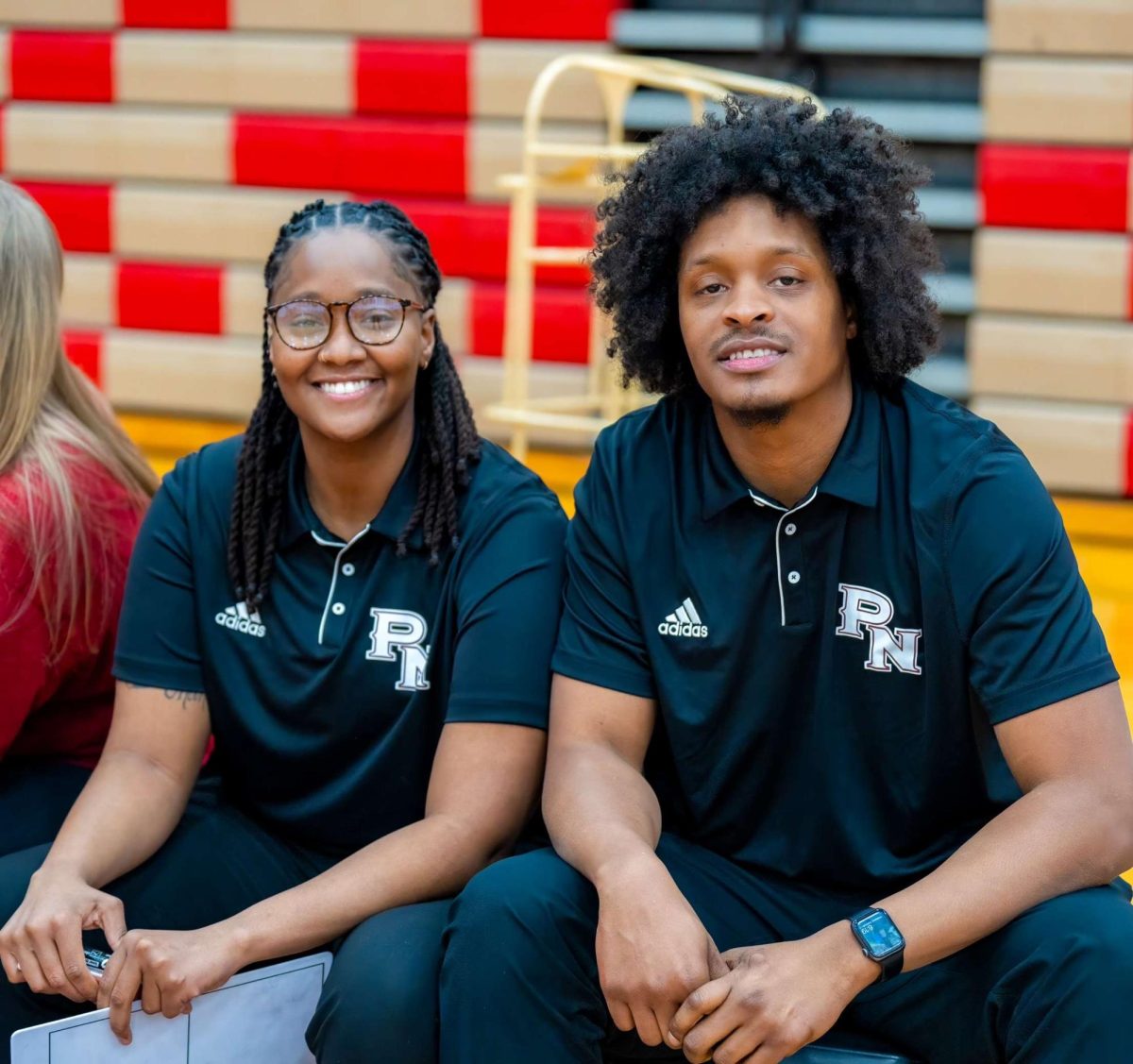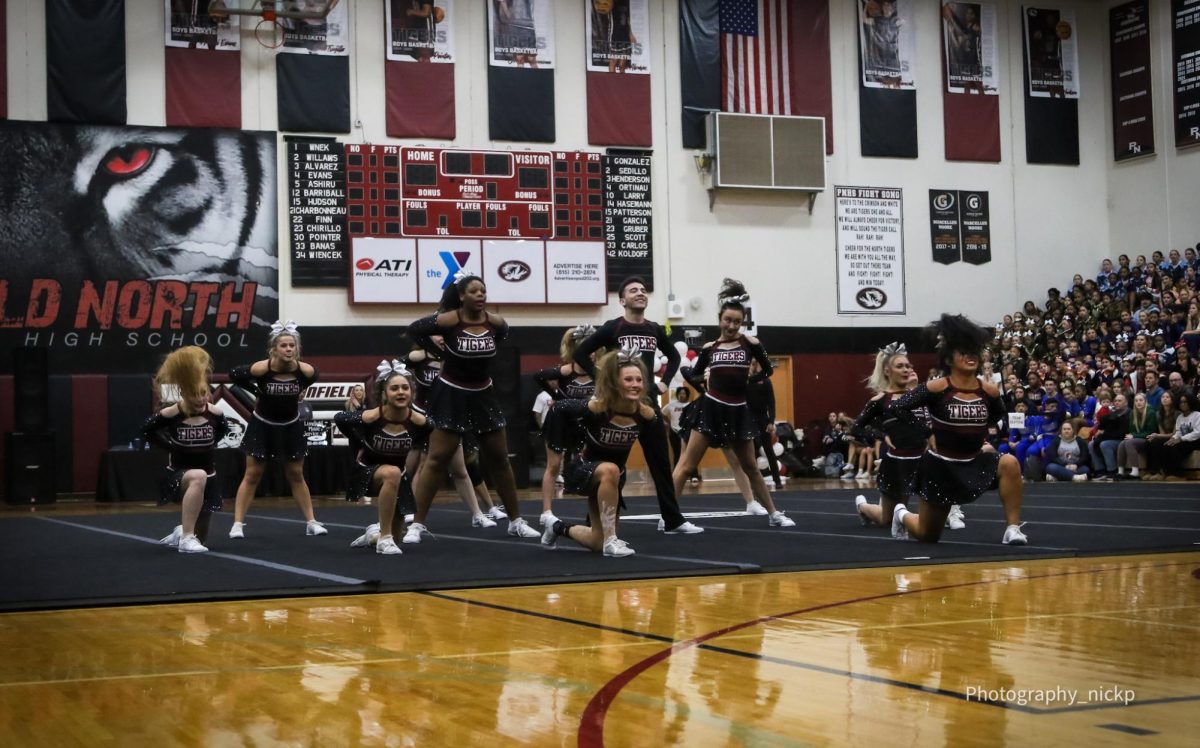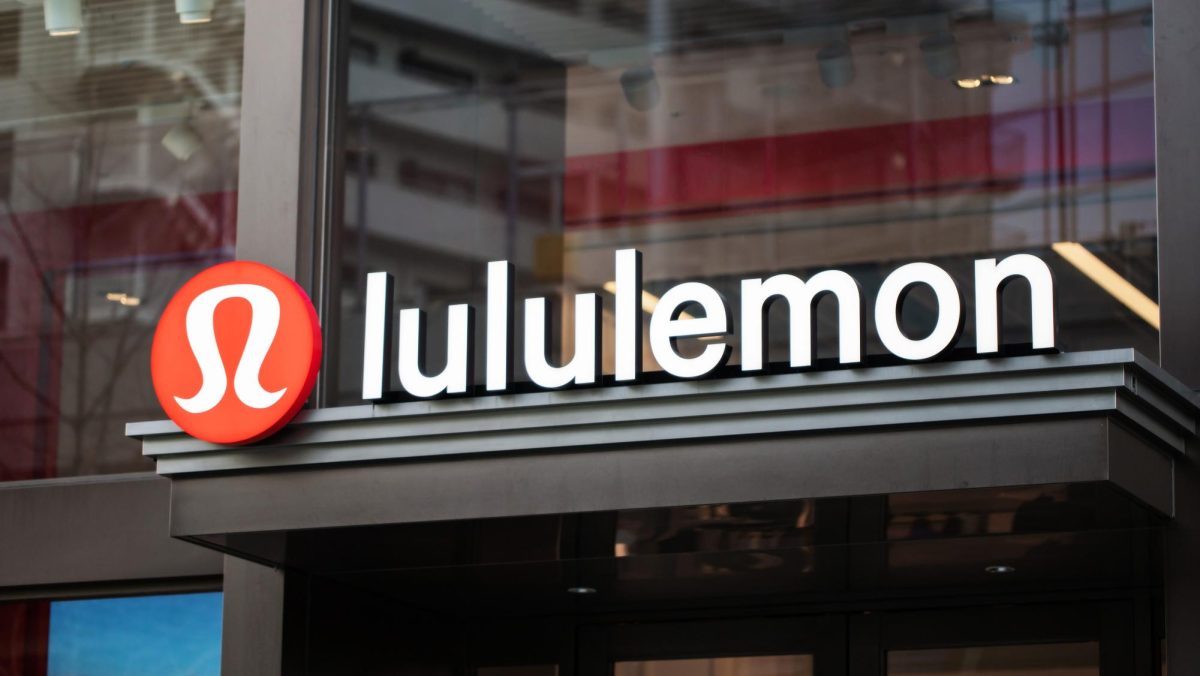Students must relearn recycling habits
November 9, 2022
 Reduce, reuse, recycle is the age-old mantra that has been taught to students from the earliest years of school. While following any of these steps is important to diminishing a harmful impact on the environment, the order of the saying is far more important than most believe. The idea that recycling does enough reinforces the “throwaway” mindset that dominates the consumer world. The focus needs to be shifted from recycling to waste reduction in the school setting. This can be achieved by reducing and reusing.
Reduce, reuse, recycle is the age-old mantra that has been taught to students from the earliest years of school. While following any of these steps is important to diminishing a harmful impact on the environment, the order of the saying is far more important than most believe. The idea that recycling does enough reinforces the “throwaway” mindset that dominates the consumer world. The focus needs to be shifted from recycling to waste reduction in the school setting. This can be achieved by reducing and reusing.
It is commonly assumed that once the recycling bin leaves the curb on garbage day it is taken to a recycling facility. That is not always the case. According to Brynne Wilcox, author of the article “Reduce. Reuse. And Then, When All Else Fails, Recycle.”, between 20 and 70 percent of all recycled plastic is discarded because it is contaminated or unusable and ends up in landfills anyways.
Students can improve their behavior by making small changes in daily habits, and in school is the perfect place to start. A typical lunchroom setting consists of Ziploc bags full of chips, Styrofoam trays for hot lunch, plastic water bottles and juice boxes. Countless single-use items will be thrown away immediately after use.
For a student who brings lunch from home, consider swapping those Ziploc bags for a reusable container. Something as simple as Tupperware does the trick, but there are several plastic bag replacements. For example, Amazon sells a pack of 16 silicone, reusable food storage bags that mimic the Ziploc bag for $15.99. While that price seems steep compared to the cheaper alternative, it ends up costing less in the long run and is good for the environment.
The lunchroom sees more waste than just single-use plastic bags. For hot lunch, in addition to the Styrofoam serving trays, almost everything is single use: bags of chips, milk cartons and plastic silverware are frequent offenders. According to Washington University, Styrofoam takes 500 years to decompose. Though it may make cleanup easier, the amount of waste it creates is just not worth it. The Styrofoam lunch trays could easily be replaced by reusable plastic or porcelain plates that could be washed and reused daily. This would save the school money by only having to make a one-time purchase of lunch trays, rather than a large bulk order every year, and also significantly cut down on daily waste.
North has taken a few steps towards being more environmentally friendly, including installing water fountains with a water bottle refilling station. This encourages students to use reusable bottles rather than single use plastic bottles. To further the encouragement of using reusable bottles, for each incoming freshmen, North should provide each student with an official North water bottle. This way, students have a water bottle to reuse daily at the refill stations; there will be little to no excuse to be using single-use plastic bottles, and it sends the message that North and its students care about their environmental impact.
Keeping trash out of landfills is the number one priority. Overall, the most effective way to make that happen is to cut down on waste in the place in which students spend the most time: school. Though recycling is a good option, it is important to utilize the reducing and reusing steps first.






